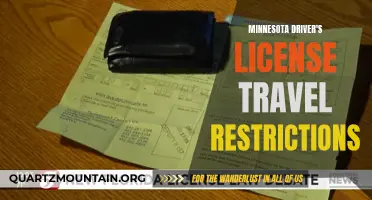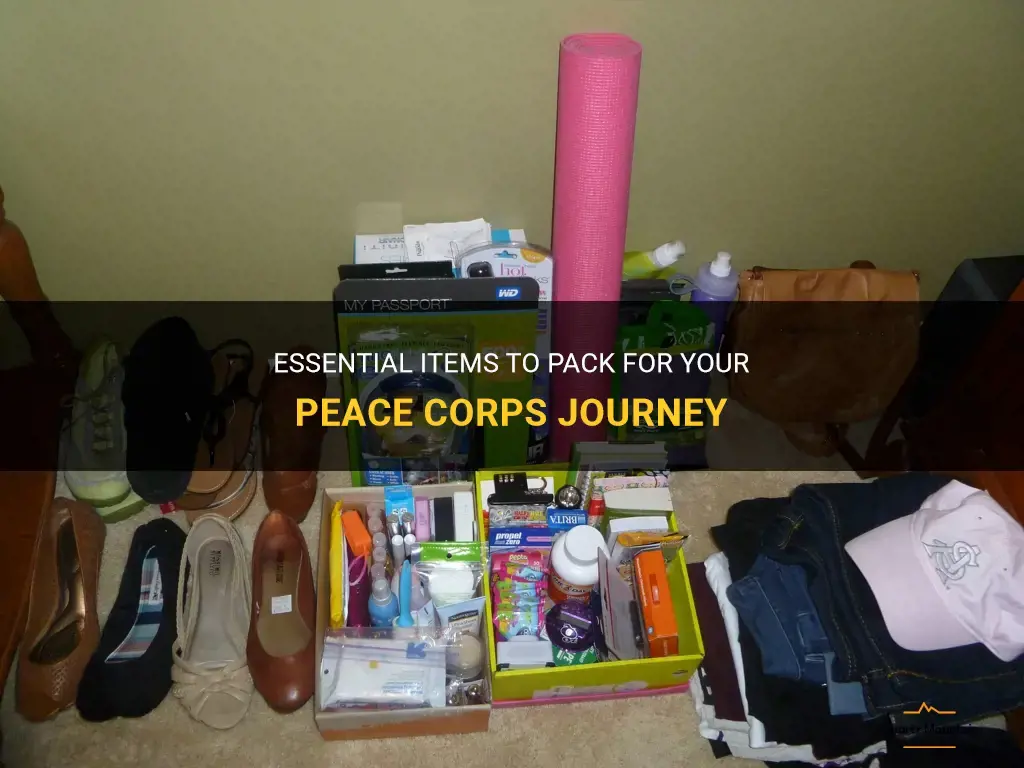
Embarking on a Peace Corps journey is an incredible opportunity to make a difference in the lives of others and immerse oneself in a new culture. However, preparing for such an adventure can be overwhelming, especially when it comes to deciding what essential items to pack. Whether you're heading to a remote village in Africa or a bustling city in Asia, having the right supplies can make all the difference in your experience. In this guide, we'll explore the essential items that every Peace Corps volunteer should consider packing to ensure a successful and fulfilling journey. From practical tools and personal hygiene items to cultural exchange materials and communication devices, these items will help you adapt, thrive, and connect with your host community. So, grab your backpack and get ready to pack for your life-changing Peace Corps journey!
What You'll Learn
- What essential items should be packed for a Peace Corps mission?
- Are there any specific clothing items or gear that are recommended for Peace Corps volunteers?
- What personal care items are important to pack for Peace Corps service?
- Are there any specific medical supplies or medications that should be included in a Peace Corps packing list?
- How much luggage are Peace Corps volunteers typically allowed to bring, and what are the size and weight restrictions?

What essential items should be packed for a Peace Corps mission?
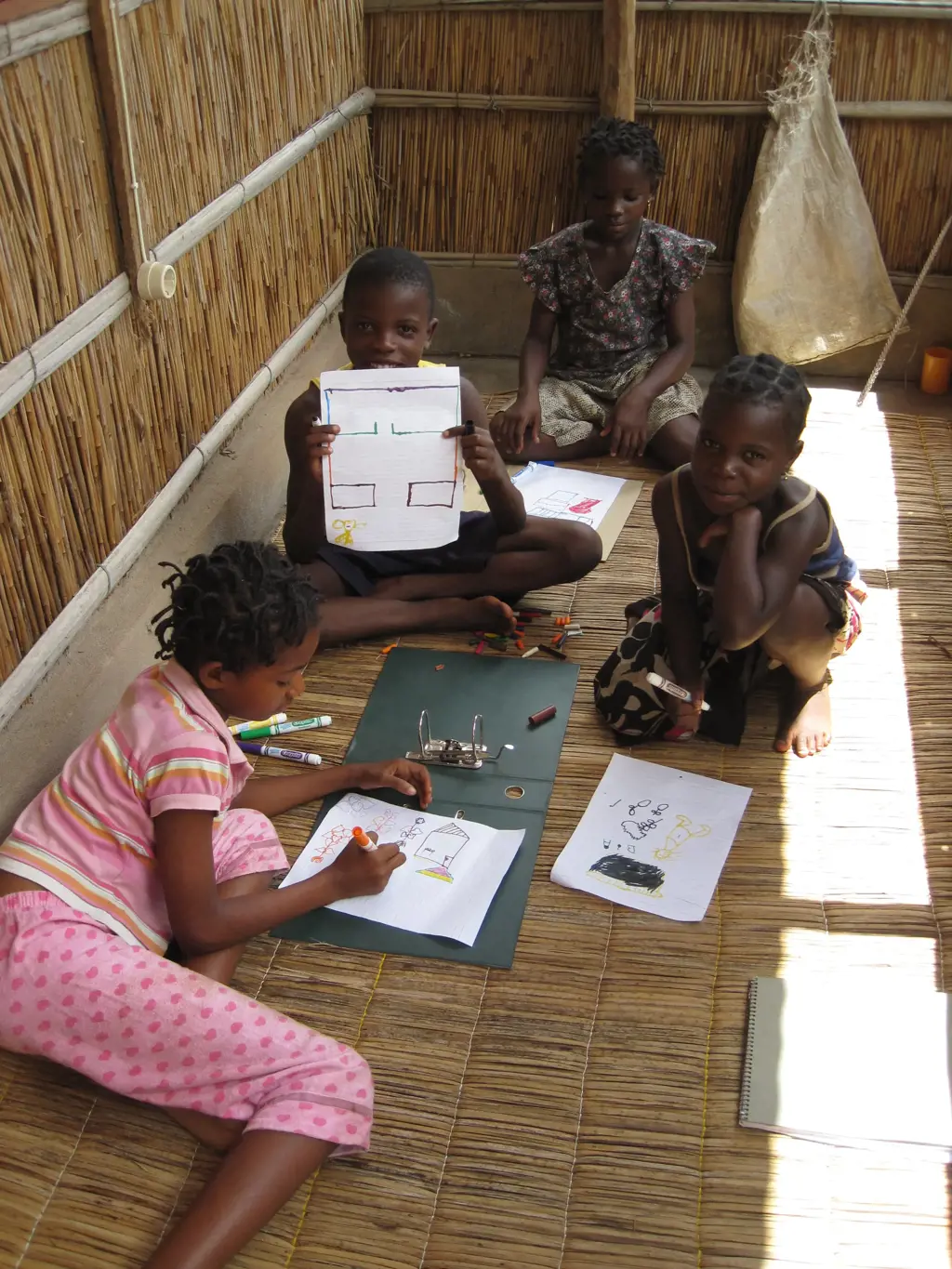
When embarking on a Peace Corps mission, packing the right items is crucial for your comfort and effectiveness in the field. Here are some essential items that should be considered when preparing for your Peace Corps journey.
- Clothing: Pack clothing suitable for the climate and culture of your destination. Be sure to include durable and lightweight fabrics that can withstand various conditions. This may include t-shirts, long-sleeved shirts, pants, skirts, dresses, and sleepwear. Additionally, pack a rain jacket, hat, and sunglasses for protection against the elements.
- Footwear: Bring sturdy and comfortable footwear that can withstand long hours of walking and standing. Depending on your destination, this may include hiking boots, sneakers, sandals, or sturdy flip-flops. It’s important to choose footwear that is appropriate for the terrain and climate of your mission.
- Personal Hygiene Products: Pack essential personal hygiene products such as toothpaste, toothbrush, soap, shampoo, conditioner, deodorant, and menstrual hygiene products. Make sure to bring enough of these items to last for the duration of your mission, or consider the availability of these items in your host country.
- First Aid Kit: It’s always important to be prepared for minor injuries and illnesses. Pack a basic first aid kit that includes adhesive bandages, antiseptic ointment, pain relievers, and any necessary prescription medications. Also, consider bringing insect repellent, sunscreen, and a hat to protect yourself from mosquito-borne diseases and harmful sun exposure.
- Electronics: Depending on the availability of electricity in your host country, bring essential electronics such as a smartphone, laptop, and camera. These devices can help you stay connected with family and friends back home and document your Peace Corps experience. However, it’s important to consider cultural norms and ensure that the use of these devices does not interfere with your integration into the community.
- Books, Games, and Entertainment: Bring a few books, games, or other forms of entertainment to pass the time during downtime or when there are limitations on electricity. These items can also be shared with community members to foster cultural exchange and build relationships.
- Teaching Materials: If your Peace Corps mission involves education or teaching, consider bringing educational materials such as books, notebooks, pens, pencils, and other supplies that can aid in your teaching efforts. Additionally, think about any specific materials that may be beneficial for your particular assignment, such as maps, posters, or teaching aids.
- Money and Documents: Don’t forget to bring essential documents such as your passport, visa, Peace Corps identification, and any necessary medical records. It is also advised to have some local currency and a debit or credit card for emergencies or unexpected expenses.
Remember, every Peace Corps mission is unique, and the specific items you need to pack may vary based on your destination and assignment. Be sure to carefully review the packing guidelines provided by the Peace Corps and consult with former volunteers who have served in similar locations to get a better understanding of what to expect. By packing thoughtfully and efficiently, you can set yourself up for success and make the most of your Peace Corps experience.
The Essential Packing List for South East Asia
You may want to see also

Are there any specific clothing items or gear that are recommended for Peace Corps volunteers?
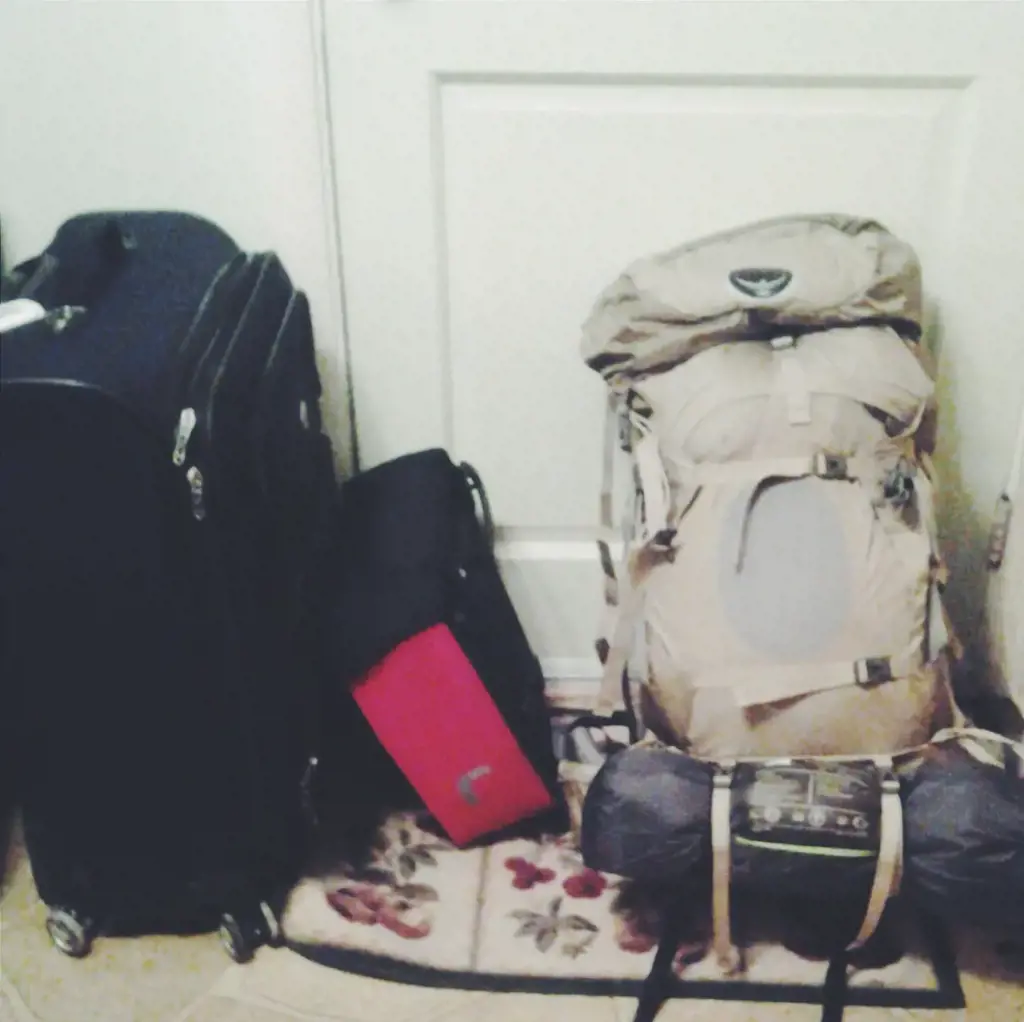
When it comes to preparing for the Peace Corps, it's important to pack the right gear to help you handle the challenges of living in a different country and climate. While the specific clothing items and gear you'll need may vary depending on your assignment location, there are some general recommendations that can help ensure you're well-prepared for your time as a Peace Corps volunteer.
Clothing:
- Comfortable and lightweight clothing: Pack clothing that is comfortable to wear in hot and humid climates. Opt for lightweight, breathable fabrics such as cotton or linen.
- Modest clothing: Respect local cultural norms by packing modest clothing that covers your shoulders and knees. This is especially important in conservative countries or communities.
- Quick-drying clothing: Consider packing clothing that dries quickly, as you may not always have access to laundry facilities.
- Outdoor gear: If your assignment involves outdoor activities, such as hiking or camping, make sure to pack appropriate gear such as hiking boots, rain gear, and a hat for sun protection.
- Layering options: Depending on your assignment location, you may experience varying temperatures throughout the day. Pack clothing that allows for layering, so you can adjust to different weather conditions.
Footwear:
- Comfortable and durable shoes: Invest in a pair of comfortable and durable shoes that can handle the terrain of your assignment location. Look for sturdy, supportive shoes that are suitable for walking long distances.
- Sandals: A comfortable pair of sandals can be useful for everyday wear and can provide relief during hot and humid climates.
Accessories:
- Hat: Pack a wide-brimmed hat to protect yourself from the sun. This can help prevent sunburn and heatstroke.
- Sunglasses: Protect your eyes from harmful UV rays by packing a pair of sunglasses with UV protection.
- Scarf or bandana: A scarf or bandana can serve multiple purposes, such as providing sun protection, covering your head, or covering your face in dusty or polluted environments.
Other gear:
- Backpack: A durable backpack can be useful for carrying your everyday essentials and for day trips or hikes.
- Water bottle: Carry a reusable water bottle to stay hydrated throughout the day. Look for one that is BPA-free and easy to clean.
- Mosquito net: Depending on your assignment location, you may need a mosquito net to protect yourself from vector-borne diseases such as malaria.
- Travel adapter: If you're traveling to a country with different electrical outlets, make sure to pack a travel adapter to charge your electronic devices.
It's important to note that the Peace Corps provides a settling-in allowance to help you purchase necessary items upon arrival in your assignment country. However, it's still important to pack some essential items to help you get through the first few weeks before you can purchase these items.
In conclusion, while the specific clothing items and gear you'll need as a Peace Corps volunteer may vary depending on your assignment location, it's important to pack comfortable and lightweight clothing, suitable footwear, and necessary accessories to ensure you're well-prepared for the challenges ahead. Additionally, make sure to check the packing guidelines provided by the Peace Corps and consult with current or former volunteers for specific recommendations based on their experiences in your assignment country.
Essential Items to Pack for a Memorable Trip to Gatlinburg
You may want to see also

What personal care items are important to pack for Peace Corps service?
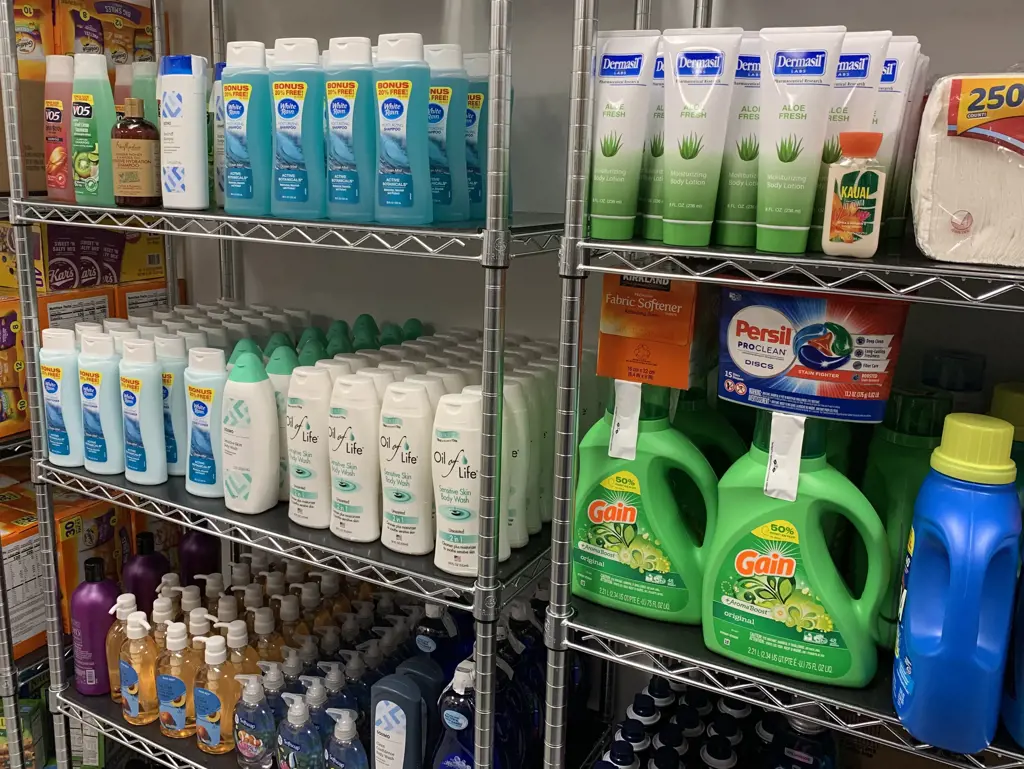
When preparing for Peace Corps service, it's important to pack personal care items that will help you maintain good hygiene and overall well-being in the often challenging and rugged conditions you may encounter. Here are some essential personal care items you should consider including in your packing list:
- Toiletries: Basic toiletries such as toothpaste, toothbrush, soap, shampoo, and conditioner should be included in your packing list. These items are essential for good personal hygiene and will help you feel refreshed and clean.
- Sunscreen: Depending on your placement, you may be exposed to intense sun and heat. It's crucial to protect your skin from harmful UV rays by packing a high SPF sunscreen. Look for a broad-spectrum sunscreen that offers protection against both UVA and UVB rays.
- Insect repellent: In many Peace Corps locations, insects and mosquitoes are common. Packing an insect repellent will help protect you from mosquito-borne diseases such as malaria, dengue fever, and Zika virus. Look for a repellent containing DEET as it provides long-lasting protection.
- First aid kit: It's always a good idea to have a basic first aid kit with you. Pack items such as adhesive bandages, antiseptic ointment, pain relievers, antibacterial wipes, and any prescription medications you require. Additionally, consider packing items specific to your health needs, such as allergy medication or an EpiPen if you have severe allergies.
- Feminine hygiene products: If you identify as female, it's essential to pack an ample supply of feminine hygiene products. Some Peace Corps sites may not have access to the brands or variety you prefer, so it's best to bring your own supply to ensure your comfort and hygiene.
- Hand sanitizer: Clean water and soap may not always be readily available, especially when you're traveling or working in remote areas. Carrying a travel-sized hand sanitizer will help you kill germs and prevent the spread of diseases when handwashing facilities are not accessible.
- Oral hygiene items: Maintaining good oral health is vital even in challenging conditions. Pack items such as dental floss, mouthwash, and a spare toothbrush. It's also a good idea to have a travel-sized dental mirror to help you inspect your teeth and gums for any issues.
- Hair care essentials: Depending on your hair type, you may want to pack specific hair care products such as shampoo and conditioner. Additionally, consider packing hair accessories like hair ties, headbands, or barrettes to keep your hair tidy and out of your face during physical activities.
- Nail care items: Keeping your nails clean and trimmed is important for maintaining good hygiene. Pack nail clippers, a nail file, and a pair of small scissors for basic nail care. These items will also come in handy for other tasks around the house or during activities in the field.
Remember to pack items in travel-sized containers whenever possible to save space and weight. Additionally, always check the specific guidelines and restrictions provided by the Peace Corps for the country you will be serving in, as they may have additional recommendations or restrictions on certain personal care items. By being prepared and packing the right personal care items, you can ensure that you maintain good hygiene and well-being during your Peace Corps service.
Essential Items to Pack for Your Stay in Inpatient Care
You may want to see also

Are there any specific medical supplies or medications that should be included in a Peace Corps packing list?
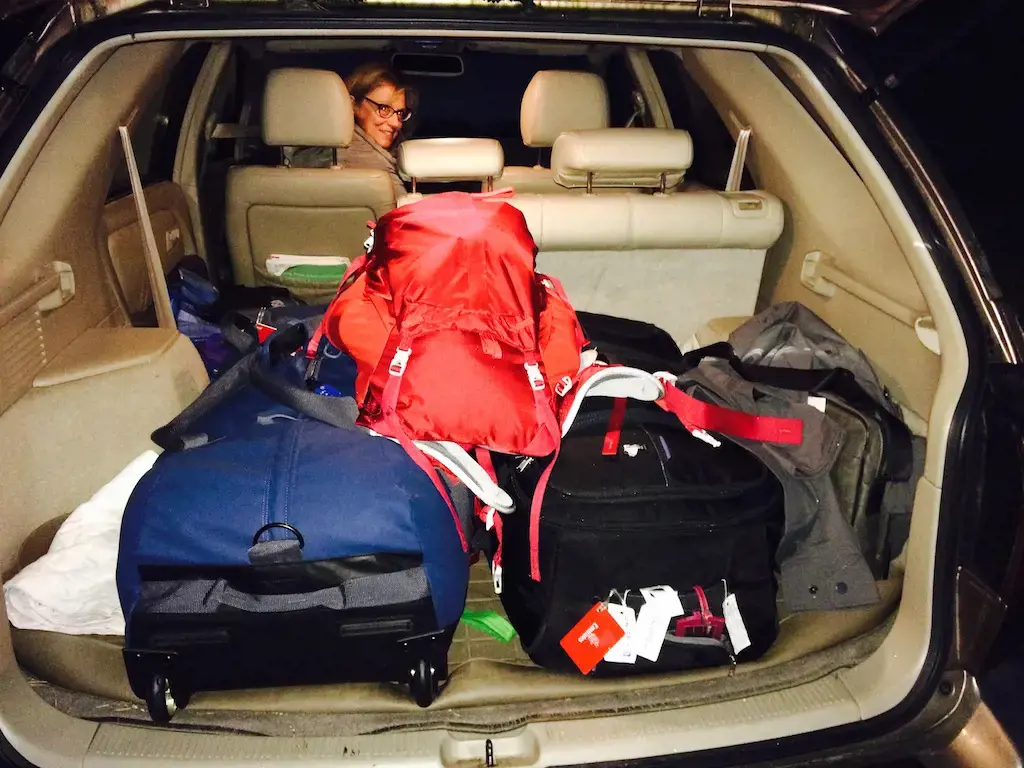
When joining the Peace Corps, it is essential to be prepared for your assignment. This includes packing the necessary medical supplies and medications to ensure you stay healthy and safe during your time abroad.
Before packing, it is recommended to consult with your healthcare provider or a travel medicine specialist to discuss your specific medical needs. They may be able to provide you with personalized advice and prescriptions based on your destination and assignment.
Here are some common medical supplies and medications that you should consider including in your Peace Corps packing list:
- First Aid Kit: A well-stocked first aid kit is a must-have item for any international traveler. It should include items such as adhesive bandages, sterile gauze pads, adhesive tape, antiseptic wipes, scissors, tweezers, and over-the-counter pain relievers. This will help you treat minor injuries and illnesses until you can seek medical help if needed.
- Prescription Medications: If you require prescription medications, make sure to pack an adequate supply to last throughout your service. It is also advisable to carry a copy of the prescription or a doctor's note explaining the need for the medication. Be aware of any restrictions or regulations about bringing medications into your host country and follow the proper procedures for transportation.
- Malaria Prophylaxis: Depending on your destination, malaria may be a significant concern. It is crucial to take malaria prophylaxis medication as prescribed by your healthcare provider. Pack enough medication to cover your entire stay, including any travel before or after your service.
- Immunizations: Make sure you are up to date on all recommended immunizations for your destination. This may include vaccinations for diseases such as tetanus, hepatitis A and B, typhoid, yellow fever, and meningitis. Keep your immunization records and a copy of your Yellow Card, which has proof of some vaccines, with you.
- Diarrhea Medication: Traveler's diarrhea is a common health issue for volunteers. Including over-the-counter medications such as loperamide (Imodium) and electrolyte replacement (Oral Rehydration Salts) can help manage the symptoms until you can seek medical attention if necessary.
- Insect Repellent: Insect-borne diseases like dengue fever and Zika virus are prevalent in many Peace Corps countries. Pack an insect repellent containing DEET or another EPA-approved ingredient to protect yourself from mosquito bites. You may also want to bring a bed net treated with insecticide for added protection during sleep.
- Personal Protective Equipment (PPE): In light of the COVID-19 pandemic, it is crucial to include PPE items such as face masks, hand sanitizer, and disinfectant wipes in your packing list. These will help you adhere to local health guidelines and protect yourself and others from the virus.
Remember that this list is not exhaustive, and you should adapt it based on your specific needs and the requirements of your host country. Additionally, keep in mind that some medications and supplies may not be readily available in your host country, so having an ample supply is vital.
In conclusion, it is important to pack the necessary medical supplies and medications for your Peace Corps assignment. Consult with your healthcare provider to determine your specific needs, and include items such as a first aid kit, prescription medications, malaria prophylaxis, immunizations, diarrhea medication, insect repellent, and PPE. By being adequately prepared, you can ensure a healthier and safer experience as you embark on your Peace Corps journey.
Essential Items to Pack for Your Exuma Vacation
You may want to see also

How much luggage are Peace Corps volunteers typically allowed to bring, and what are the size and weight restrictions?
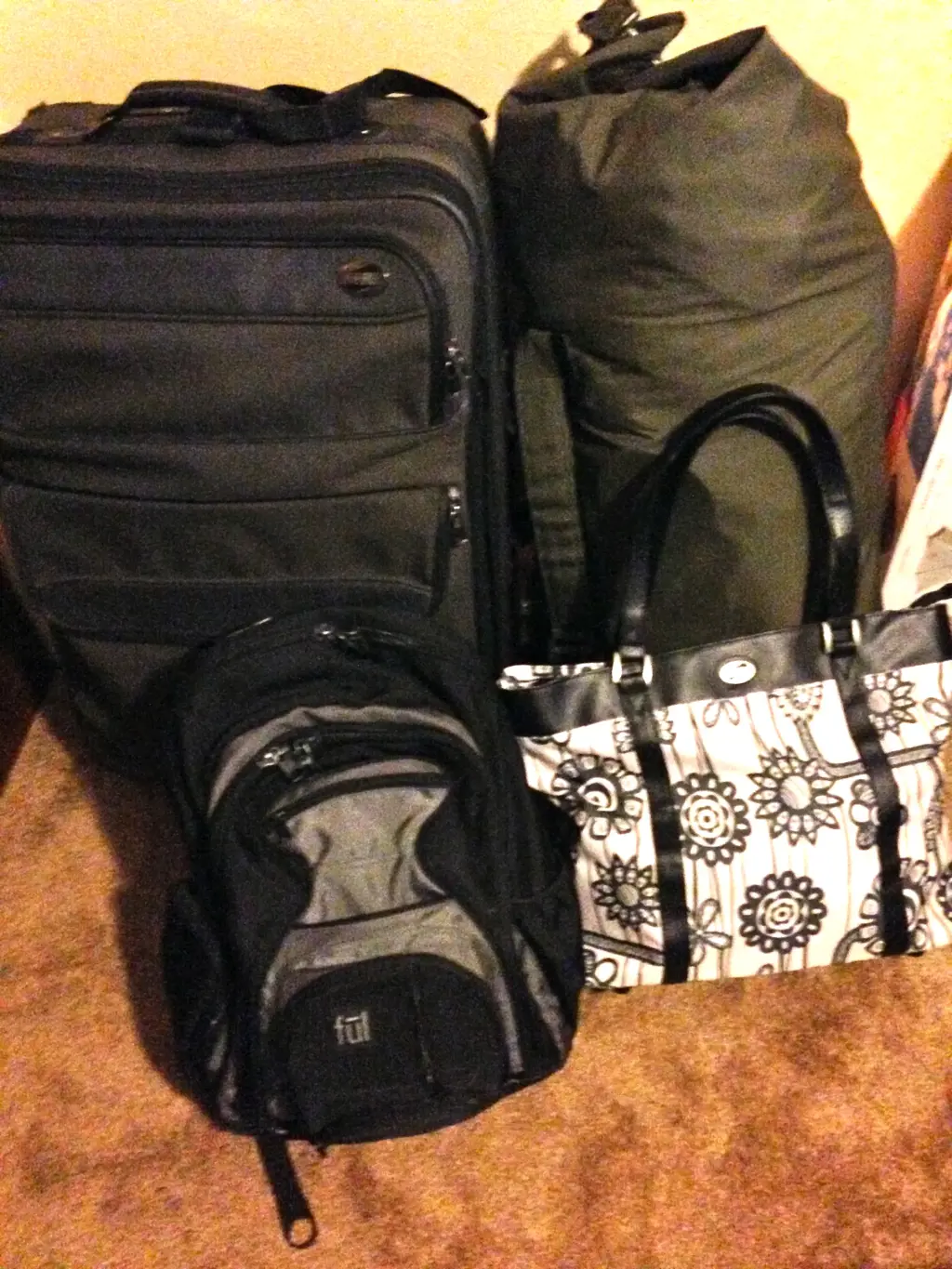
Peace Corps volunteers play a vital role in international development by working on various projects in different parts of the world. When it comes to packing for their Peace Corps service, understanding the luggage allowances and restrictions is crucial. In this article, we will explore how much luggage Peace Corps volunteers are typically allowed to bring, as well as the size and weight restrictions associated with it.
Understanding the General Guidelines:
Peace Corps has general guidelines that apply to all volunteers, regardless of their destination. According to these guidelines, each volunteer is allowed to bring two checked bags and one carry-on bag. The checked bags are typically used to carry clothes, toiletries, and other personal items, while the carry-on bag is used for important documents, electronics, and other essentials.
Size Restrictions:
The size restrictions for checked bags can vary slightly depending on the airline and the specific country of service. However, in most cases, the dimensions of the checked bags should not exceed 62 inches (length + width + height). It is advisable for volunteers to double-check with their respective airline for any specific restrictions or requirements.
For the carry-on bag, the general size restriction is around 22 inches x 14 inches x 9 inches. This size ensures that the bag can fit in the overhead compartments of most airplanes. It is important to note that peace corps volunteers often have to travel to remote areas with limited transportation options, so it is crucial to have a carry-on bag that is easy to handle and transport.
Weight Restrictions:
The weight restrictions for checked bags can also vary depending on the airline and the specific country of service. In most cases, volunteers are allowed to bring two checked bags, each weighing up to 50 pounds. However, it is important to check with the respective airline for any specific weight requirements or additional charges for exceeding the weight limit.
For the carry-on bag, there is usually a weight restriction of around 15-20 pounds. Since volunteers often have to carry their bags for extended periods, it is recommended to pack light and prioritize essential items.
Packing Strategies:
Given the size and weight restrictions, it is crucial for Peace Corps volunteers to pack strategically. Here are some tips to make the most of the space and weight limits:
A) Prioritize Essential Items: Peace Corps service can last for several months or even years, so it is important to pack items that are essential and cannot be easily purchased in the host country. This includes personal medications, specific personal care products, and certain electronics.
B) Pack Versatile Clothing: Opt for clothing items that can be mixed and matched to create different outfits. This reduces the need for packing excessive amounts of clothes. Also, consider the climate of the host country and pack accordingly.
C) Use Compression Bags: Compression bags can help save space by compressing clothing and other soft items. These bags can be easily found in various stores or online. This allows volunteers to pack a greater quantity of clothes without exceeding the weight restrictions.
D) Consider Local Purchases: Remember that some items can be purchased locally in the host country. It may be more practical and cost-effective to buy certain items, such as toiletries or basic household items, after arriving at the Peace Corps site. This can help reduce the amount of luggage brought initially.
Examples:
To illustrate the luggage allowances and restrictions, let's consider a fictional Peace Corps volunteer named Sarah. Sarah is preparing for her service in a rural community in Africa.
Sarah is allowed to bring two checked bags and one carry-on bag. She packs her clothes, toiletries, and personal items in the checked bags. She ensures that the dimensions of each checked bag do not exceed 62 inches (length + width + height) and weighs approximately 50 pounds.
For her carry-on bag, Sarah packs her essential documents, laptop, camera, and other personal items. She ensures that the bag's dimensions fit within the size restriction of 22 inches x 14 inches x 9 inches and does not exceed the weight restriction of 15-20 pounds.
As Sarah packs her bags, she follows the packing strategies mentioned earlier. She prioritizes essential items, packs versatile clothing, and uses compression bags to save space. She also plans to purchase certain items locally, such as toiletries and basic household items, once she arrives at her Peace Corps site.
In conclusion, Peace Corps volunteers are typically allowed to bring two checked bags and one carry-on bag. The checked bags should not exceed 62 inches in dimensions and weigh approximately 50 pounds each. The carry-on bag should fit within the size restriction of 22 inches x 14 inches x 9 inches and weigh around 15-20 pounds. By understanding these allowances and restrictions, volunteers can pack efficiently and make the most of their luggage space and weight limits.
Essential Items to Pack for a Hostel Stay in Ecuador
You may want to see also
Frequently asked questions
When packing for Peace Corps, it is important to prioritize practicality and functionality. Start by packing essential items such as clothing suitable for the climate and activities in your host country, basic toiletries, a durable pair of shoes, and a first aid kit. Additionally, don't forget to bring any necessary medications, electronics, and power adapters for your devices.
While it may be tempting to pack your entire wardrobe, it's best to keep your clothing selection minimal and practical. The Peace Corps recommends packing enough clothing for two weeks, as this allows for rotation and washing. Focus on packing versatile and comfortable clothing that can withstand the conditions of your host country, and consider packing multipurpose items such as a lightweight scarf or sarong that can be used for various purposes.
When it comes to electronics, it's important to strike a balance between necessity and practicality. Consider bringing a reliable and sturdy laptop or tablet for work-related tasks, as well as a smartphone for communication purposes. A small portable charger can also be useful, especially if you anticipate limited access to electrical outlets. It's advisable to leave any expensive or flashy electronics at home, as they may attract unwanted attention.
While it can be a thoughtful gesture to bring small gifts or souvenirs for your host community, it's important to note that it is not required or expected. Peace Corps volunteers are there to build relationships and provide support, so the focus should be on cultural exchange and understanding, rather than material gifts. Instead of bringing physical items, consider sharing stories, experiences, or knowledge as a way to give back to the community.
Yes, there are certain items that may not be necessary or appropriate for your Peace Corps service. It's advisable to leave behind any expensive or sentimental items that you would be heartbroken to lose or have stolen. Additionally, it's important to research the cultural and religious norms of your host country to ensure that you are not inadvertently bringing any prohibited items. For example, some countries may have restrictions on certain medications, religious symbols, or clothing items.



